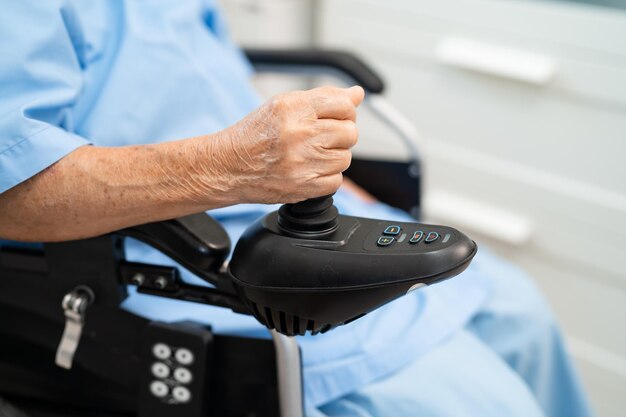Does Medicare Cover Your Lift Chair Needs? Find Out Here
For many, lift chairs are more than just a comfort; they're a necessity. Whether due to aging, mobility issues, or medical conditions, these electrically powered seating devices can significantly enhance independence and quality of life. But they don’t come cheap, so does Medicare pay for lift chairs? Let's dive into this question, while also exploring some other helpful resources for financial and educational support.
Medicare’s Focus on Lift Chairs
First, it's crucial to understand that Medicare Part B provides coverage for certain medical equipment, known as Durable Medical Equipment (DME), if prescribed by a doctor. This list includes lift chairs, but with an important distinction: Medicare only covers the seat-lift mechanism within the chair, not the entire chair. Therefore, if your healthcare provider deems it medically necessary and submits the necessary documentation, you could potentially receive partial support from Medicare.
How to Qualify
To qualify, patients typically must:
- Have severe arthritis of the hip or knee, or a severe neuromuscular disease,
- Be unable to stand up unaided from a regular chair,
- Have a written prescription from their doctor,
- Purchase the lift chair from specific suppliers enrolled in Medicare.
Medicare will cover 80% of the approved amount for the lift mechanism after your Part B deductible is met, leaving you to pay the remaining 20% and any costs not covered by Medicare for the rest of the chair.
Going Beyond Medicare: Additional Financial Assistance
If Medicare doesn’t cover the full extent of costs, or if you’re not eligible for Medicare, staying informed about other financial assistance programs is a smart move.
Exploring Alternative Sources
Medicaid: Coverage can vary by state. Checking if your state’s Medicaid program provides assistance for lift chairs is worthwhile for those who qualify.
Veterans Benefits: Veterans may explore benefits through the Department of Veterans Affairs if their health is affected due to military service.
Non-Profit Organizations: Organizations like the National Council on Aging may provide funding options or affordable lift chair programs.
Insurance Policies: Certain private health insurance policies might offer additional cover for durable medical equipment. It's important to read the terms carefully.
Financial Planning and More
If the above options still leave a gap in affordability, consider expanding your search into broader financial strategies:
Government Aid Programs: Programs focusing on general financial assistance might ease your budget constraints, freeing up funds for medical needs.
Credit Solutions: A credit line or loan with manageable interest could facilitate urgent purchases—ensure thorough understanding and cautious use.
Debt Relief Options: Consolidating existing debts can reduce monthly payments, allowing more leeway for necessary purchases like lift chairs.
Educational Grants and Courses: Not directly related to lift chairs, but financial literacy courses and grants can provide long-term benefits in managing personal finances more effectively.
Your Financial and Educational Resources at a Glance
Here’s a shortlist of valuable tools and resources for those seeking financial assistance:
- 🔑 Medicaid: Check individual state programs for specific coverages.
- 🏥 Veterans Affairs: Helpful for those with service-related health concerns.
- 🤝 Non-Profits: Organizations like National Council on Aging can be excellent allies.
- 💳 Credit Options: Loans with fair terms might be viable for urgent needs.
- 📚 Educational Opportunities: Boost your financial literacy to improve overall financial health.
- ⚖️ Debt Management: Explore consolidation programs to ease financial burdens.
- 💡 Government Aid: Broader programs that could adjust your budget for medical expenses.
Navigating the complexities of medical coverage can be daunting. By understanding your options and exploring additional resources, you can make informed decisions that not only meet immediate needs but provide lasting financial resilience.

Related Topics
- Am I Elgible For Medicare
- Am I Enrolled In Medicare
- Am I Qualified For Medicare
- Are Adult Diapers Covered By Medicare
- Are Chemotherapy Drugs Covered By Medicare Part d
- Are Colonoscopies Covered By Medicare
- Are Covid Tests Covered By Medicare
- Are Cpap Machines Covered By Medicare
- Are Cpap Supplies Covered By Medicare
- Are Dental Implants Covered By Medicare